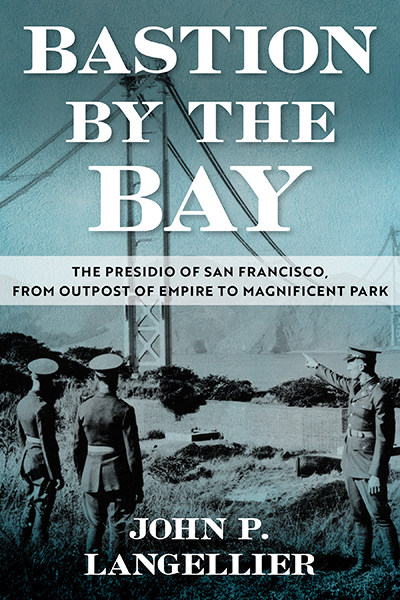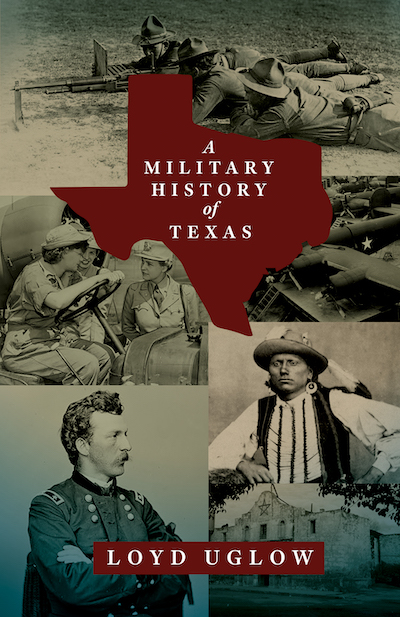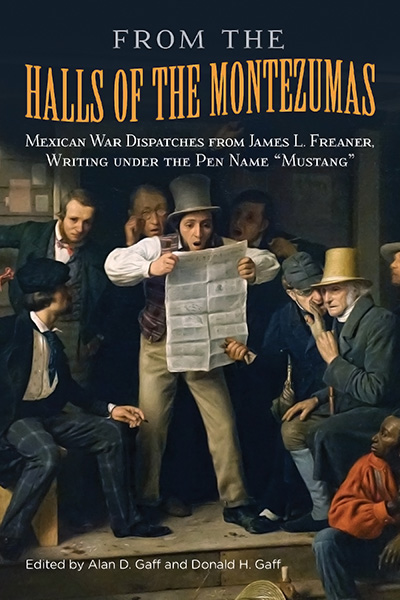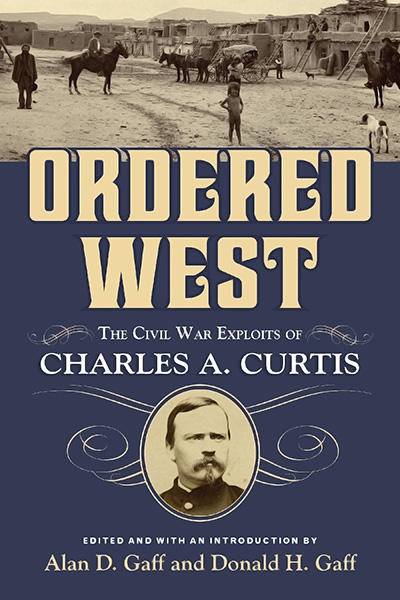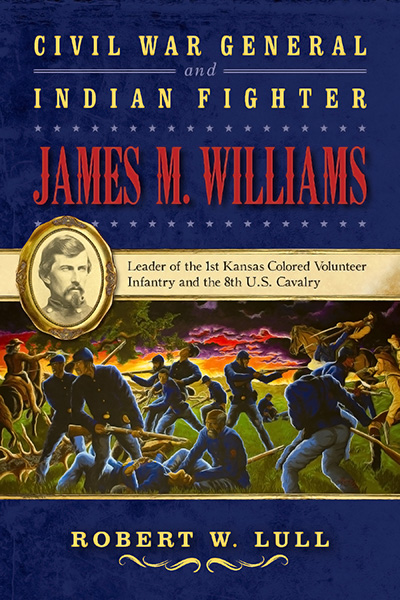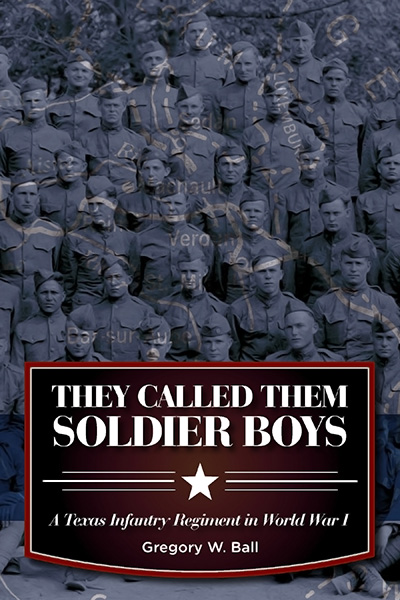
VOL. 11: War and the Southwest Series
- Winner of two Communicator Awards for Cover (overall) and Cover (design), 2013
March, 2013
Published
352
Pages
21 b&w photos. 5 maps. Notes. Bib. Index.
Features
About Ball's They Called Them Soldier Boys
They Called Them Soldier Boys offers an in-depth study of soldiers of the Texas National Guard’s Seventh Texas Infantry Regiment in World War I, through their recruitment, training, journey to France, combat, and their return home. Gregory W. Ball focuses on the fourteen counties in North, Northwest, and West Texas where officers recruited the regiment’s soldiers in the summer of 1917, and how those counties compared with the rest of the state in terms of political, social, and economic attitudes. Through the use of Selective Service Registration cards, a sample of 1,096 members of the regiment provides enough data to suggest a portrait of the officers and enlisted men based on age, occupation, marital status, dependents, and other criteria, an approach common to analyses of soldiers in other wars but which has not been done before in studies of World War I soldiers.
In September 1917 the “Soldier Boys” trained at Camp Bowie, near Fort Worth, Texas, until the War Department combined the Seventh Texas with the First Oklahoma Infantry to form the 142d Infantry Regiment of the 36th Division. In early October 1918, the 142d Infantry, including more than 600 original members of the Seventh Texas, was assigned to the French Fourth Army in the Champagne region and went into combat for the first time on October 6. Ball explores the combat experiences of those Texas soldiers in detail up through the armistice of November 11, 1918. He also compares their combat experience to other units to illustrate the unique aspects of the 142d’s time in combat, particularly the use of Native American Choctaw code-talkers, the earliest known use of a tactic later made famous in World War II. Ball concludes with an overview of the regiment’s six months in France after the armistice, and how the communities of North and Northwest Texas celebrated the end of the war and the return of their “Soldier Boys” in the summer of 1919.
The final chapter also addresses the idea of a “unique” Texas military experience and whether those soldiers truly experienced World War I differently than other soldiers. Using information from the 1930 Federal Census, Ball spotlights a sample of 500 veterans to illustrate how some of the regiment’s soldiers continued with their lives, and how that sample might be compared with the plight of thousands of veterans and the Bonus March of 1932.
“Ball has done a fine job to describe and analyze the types of men who served—regarding their backgrounds and economic and social status—which fits well with the important trend relating military history to social history.” —Joseph G. Dawson, editor of The Texas Military Experience
“This study will be valuable to those interested in the demographics of a Texas unit in this era, and how the people of Texas responded to the mobilization and demobilization efforts.” —Mark E. Grotelueschen, author of The AEF Way of War
About the Author
GREGORY W. BALL received his Ph.D. in United States History from the University of North Texas in 2010. He served on active duty with the USAF from 1995-2006 and remains an active member of the USAF Reserve. Ball joined the United States Air Force History and Museum Program in September 2009, serving as a civilian historian at the Air National Guard History Office in Arlington, Virginia. Currently, he resides in San Antonio, Texas, and continues to work as a historian for the United States Air Force.
War and the Southwest Series: Recent Titles
See all titles in our Series: War and the Southwest Series
Buy Now
They Called Them Soldier Boys: A Texas Infantry Regiment in World War I
352 pp. 21 b&w photos. 5 maps. Notes. Bib. Index.
